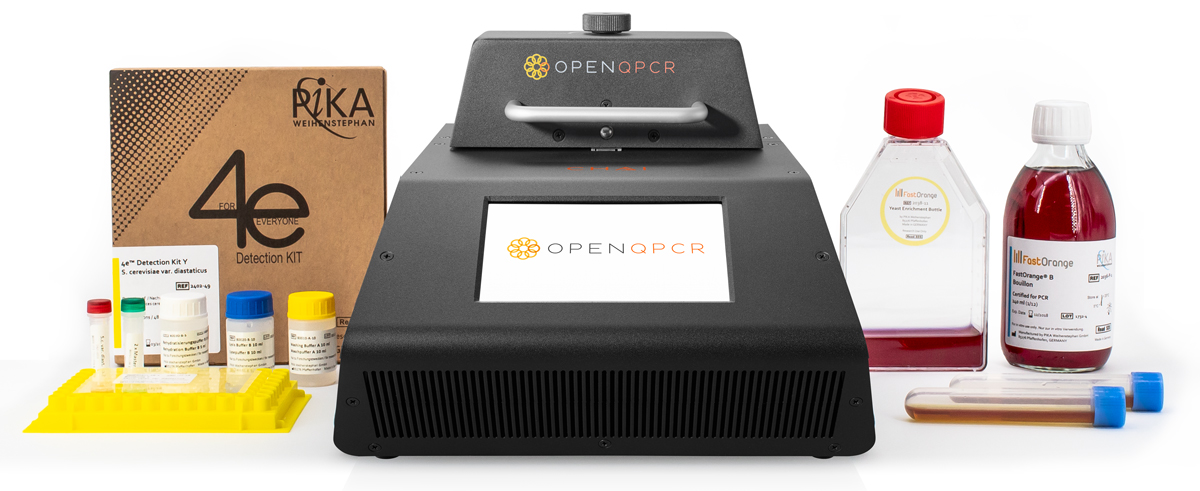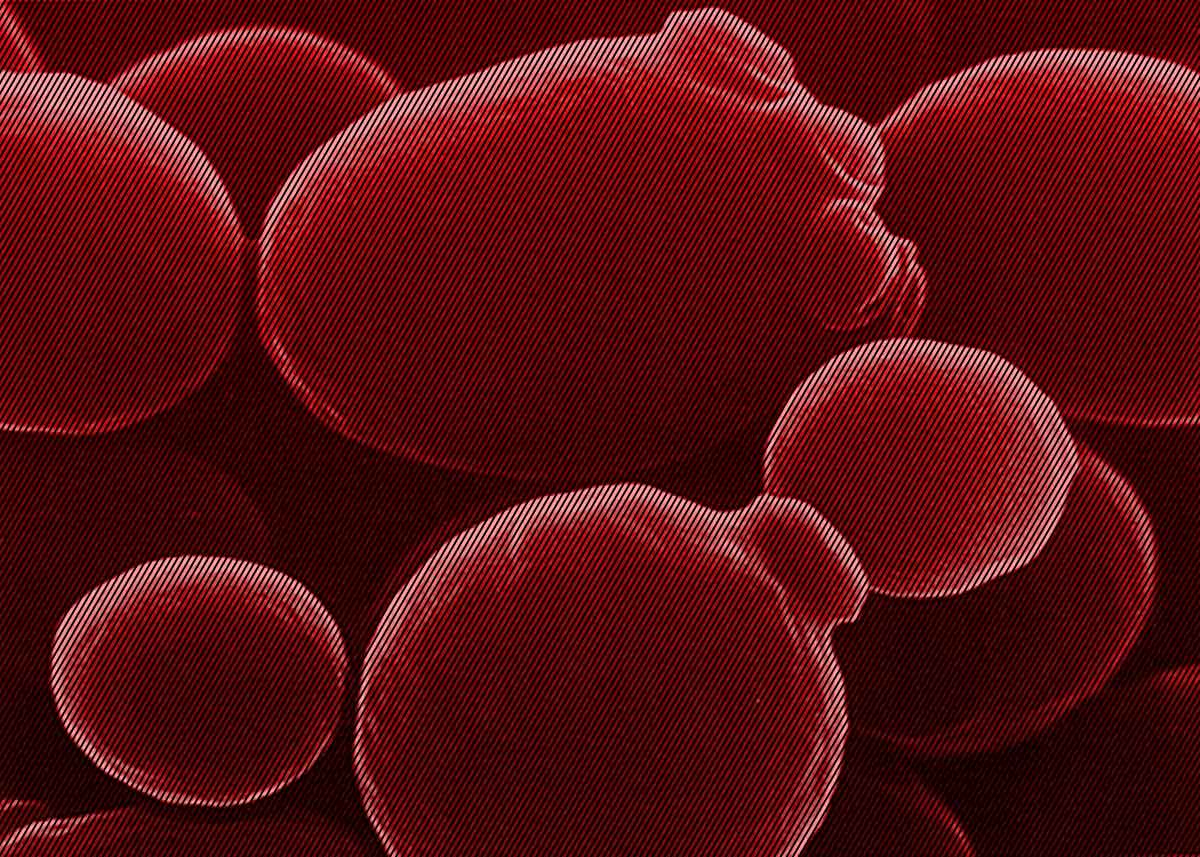Saccharomyces cerevisiae var. diastaticus is a particularly insidious beer spoiler: a single cell is enough to cause a bottle or can of beer to explode, even months after packaging. It has come to prominence in recent years following widespread contamination in US breweries, leading to multi-million dollar recalls and lawsuits. Thankfully the threat can be managed with proper microbiological quality controls.
What is Diastaticus?
Diastaticus is a variant of Saccharomyces cerevisiae (brewer’s yeast) with the ability to modify the fermentability of beer due to an STA1 gene which causes the organism to secrete glucoamylase, an enzyme which hydrolyzes dextrins and starches into fermentable sugars. The yeast is a “hyperattenuator” as it ferments beer beyond what ordinary brewer’s yeast is capable. It's often considered to be a beer spoiler or “wild yeast”, as it causes unwanted secondary fermentations in packaged beer.
The Threat to Beer
While diastatic yeasts are sometimes used intentionally for their super-attenuating properties in the production of sours and dry saisons, they cause secondary fermentations in regular packaged products, which can lead to:
- Off-flavors & turbidity
- Alcohol level non-compliance
- Over-carbonation & gushing
- Package failure: exploding bottles & cans
- Shrapnel injuries to the consumer
It is the threat of physical harm to the consumer that most often leads to recalls. Excess CO2 generated during the secondary fermentation causes a dangerous over-pressurization leading to package failure. Bottles and cans can explode on their own or when handled by the consumer, resulting in injuries.
Damaging Secondary Fermentations
The trouble stems from the slower rate at which the dextrins and starches are fermented. Ordinary brewer’s yeast cannot utilize these complex carbohydrates, which remain in the beer once the primary fermentation completes.
Beer contaminated with even a small amount of S. diastaticus will first ferment normally in the brewery with the expected level of attenuation. After packaging, the secreted glucoamylase will continue to break down these complex carbohydrates into glucose over the subsequent months. The glucose will then be fermented by all yeasts present, producing alcohol and CO2. Since the beer is already packaged, the generated CO2 causes over-pressurization, leading both to gushing and the more dangerous effects of package failure.
The rate of the secondary fermentation depends both on the storage temperature and amount of contamination. Cans stored warm may become taut in as little as two weeks, while it may take many months for problems to be seen in cold stored beer.
71% of contamination events were traced to the bottling hall
Sources of Contamination
Recent press has focused on the potential for contamination stemming from yeast providers, but other sources should not be overlooked. A review of contamination events throughout Europe over a 10 year period published in the MBAA Technical Quarterly found 71% of contamination events were traced to the bottling hall. Infections can be introduced through:
- Dry hopping
- Wort ingredients, through the air
- Environmental air
- Personnel
- Incoming yeast
Diastaticus affects breweries of all sizes. It’s particularly common at small breweries packaging their beer for the first time. A brewpub could unknowingly have an infection for years without encountering any difficulties as their beer is freshly consumed on-site. It is only when they begin packaging their product that serious problems are seen, given the longer storage times.
Detecting Diastaticus
The key challenge for testing is limit of detection: because even a single cell can cause package failure, no level of contamination is safe. Yet a contaminated yeast slurry may initially only have a miniscule fraction of wild yeasts relative to ordinary brewer’s yeast.
A single cell is enough to cause a bottle or can of beer to explode
Infections are generally detected by PCR detection of the STA1 gene, and PCR is the only safe means of detecting the organism as a quality control. Selective medias such as FastOrange Wild Yeast Agar and FPDM have recently become available, and can be an option for smaller breweries. However like all microbiological methods, results are not entirely conclusive nor rapid, and the limit of detection is necessarily limited by the 200 μL plating volume.
qPCR (also known as Real-Time PCR) is considered the gold standard for testing. It is not only the most specific, sensitive detection method available, but also produces quantitative results which are useful in tracing the source of contamination. qPCR also eliminates the costly gels, cartridges, and false positives associated with endpoint PCR.

By combining a selective liquid enrichment with sensitive qPCR, the Chai + PIKA Brewing Quality Solution can detect Diastaticus in beer samples and yeast slurries with a 1 cell/mL limit of detection. Breweries producing as little as 2,000 barrels/year can perform testing in-house, even without a microbiologist or trained laboratory staff. Testing is performed using Chai’s Open qPCR instrument and PIKA Weihenstephan’s 4e Test Kit, and automated software provides clear objective results.
Talk to a specialist about bringing qPCR to your brewery
Contact UsQuality Controls
The critical control points for testing are:
- Incoming yeast from suppliers
- Yeast slurries when propagating or re-pitching
- Fermenters or brite tanks
- Packaged bottles and cans
- The packaging environment and equipment
Costs are reduced the earlier in the process contamination is detected. Testing brite tanks prior to packaging is one of the most important controls, though if time does not permit, testing of fermenters is advised. Some breweries additionally test fermentations prior to dry hopping.
Growing in both aerobic and anaerobic environments, the yeast can live in any areas that have not been properly sanitized. The importance of testing filling equipment cannot be overstated, as this is a leading cause of contamination.
Infections are extremely difficult to remediate, as the entire production chain must cleaned from the contamination source onwards. While it won’t be an easy process, locating the source of contamination is the first step in eradicating an infection.
Learn More
MBAA Webinar "S. cerevisiae var. diastaticus—detection methods and control measures for brewing QA/QC" by Wade Begrow of Founders Brewing Co.
Incidence of Saccharomyces cerevisiae var. diastaticus in the Beverage Industry: Cases of Contamination, 2008–2017 in MBAA Technical Quarterly.
